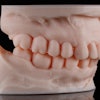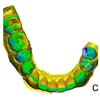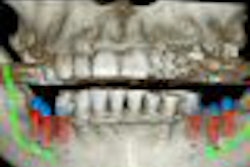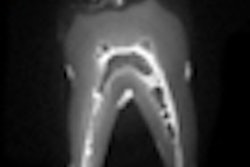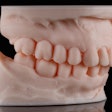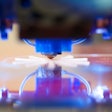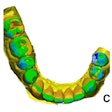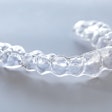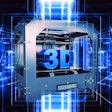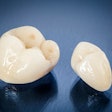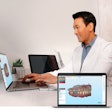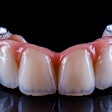Computerized tomography (CT) has been used in reconstructive dental implant surgery where a bone graft is required. Now a pair of case studies indicates that this imaging technology could find postsurgical applications in dentistry as well (Journal of Oral Implantology, February 2011, Vol. 37:1, pp. 65-71).
Jun-Beom Park, a researcher in the department of pharmaceutical sciences at the University of Michigan, described two case studies in which CT scanning was used before and up to one year after the patients' oral surgery.
In one of the cases, the technology was used to evaluate the success of an implant and also to check the condition of the graft donor sites. In the other, CT scans helped determine the patient's readiness to receive three implants six months after the initial surgery, evaluating new bone formation, condition of the sinus membrane, and radiographic change.
While radiolucency was still apparent in the area where the two halves of the jawbone meet, at five and half months following the surgery in one case and one year in the other, the size of the defect was notably reduced.
Healing was uneventful for these two patients, as they showed a good acceptance of the procedure, Park noted. Past the one-year point of this study, CT scanning could also be used to evaluate progress of remineralization and other long-term changes, he concluded.

